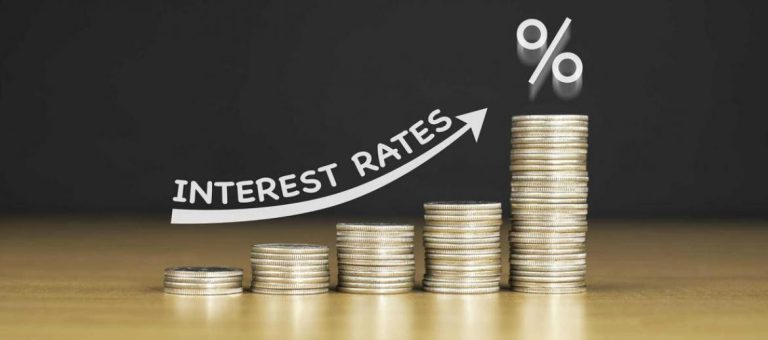Housing affordability, inventory, and home price growth, where do we go from here?

IT feels like we’ve been talking about the same things for the last 3+ years in the mortgage and real estate markets with no relief – housing affordability (or lack of), inventory (or lack of) and whether home values will increase or decrease given the current climate and forces in play.
Housing affordability has taken quite a hit over the last 5 years, where we’ve seen rates soar from sub 3% to almost 8% in less than 2 years; all while home prices have showed continued gains at the same time.
It sounds a bit counter-intuitive that home prices would continue rapid gains despite the pressure of rising rates, but that’s exactly what has happened. Home values have increased 40-50% since 2020 -well above the historical average of 4-5% per year.
First time buyers have felt the biggest pinch in affordability, with only 8% of Gen Z and 22% of millennial renters believing they will be able to own a home in their lifetime. Given that it is an election year, 90% of these demographics say housing affordability is the top issue in the upcoming election:
“Housing affordability is a cornerstone of this year’s presidential election because even though the economy is fairly strong, unemployment is low and wages are rising, buying a home feels impossible for many Americans,” Elijah de la Campa, Redfin senior economist, said in a statement. “This is particularly the case for young people, who have seen the cost of starter homes increase twice as fast as incomes.”
Adding to the focus on affordability, more than 75% of Americans who don’t currently own homes cite affordability-related reasons as holding them back – whether it be not having enough income, home prices being too high, or not being able to afford a down payment and closing costs, according to BankRate.
Inventory is an unexpected bright spot, showing positive signs of growth recently. There are more homes available on the market now than at any time since August of 2020, with levels expected to peak around 700k homes nationwide this summer. Low inventory levels have been a contributing factor to the home value gains and affordability issues mentioned– demand has not waivered, and with fewer houses available and a persistently overwhelming amount of demand, a large percentage of homes available receive multiple offers and high levels of competition, driving prices even higher.
With inventory levels growing, we may see values flatten out a bit. Nationally, the percentage of homes with price cuts reached 18 month highs in May, at 6.4% of homes seeing cuts. But in the Northeast we have seen strong annual home price gains, peaking at in March 2024 at 8.3% compared to March 2023. Geography plays a big part in this data, with prices declining in the Midwest and Southern states.
When will things change? Well, that’s the question being asked repeatedly, with no long term solutions in sight.
Higher rates have stuck around longer than expected, constraining inventory as current homeowners are less willing to give up their sub 3% or 4% rates in exchange for 7% rates, but some of that is beginning to change.
Inventory, as mentioned, is starting to show signs of long needed growth. A higher number of available homes will satisfy more of the demand, but it will be near impossible to fully satisfy the current level of demand in the long term. With Gen Z and Millennial buyers currently in their peak homebuying years housing demand will continue to be strong for years to come.
Raise your hand if you’ve heard this a few times over the last 3 years:
“BUT interest rates are expected to come down during the second half of 2024.”
Not only do we have an election in the fall (which always has an economic impact on way or the other), but the Fed has been more frequently mentioning the possibility of rate cuts. While the Fed doesn’t control mortgage rates, they do have an influence and it is projected that when the Fed does begin to ease their rate policy this year, mortgage rates will follow.
While this news is widely positive, lower rates will bring more buyers into the market (5 million new buyers for every 1% drop in interest rates is expected). More buyers will further stress inventory levels, and home prices will continue increasing as a result. Buyers have to weigh the pros and cons of buying a home today at a higher rate, or waiting for rates to come down, buying the same home at a higher price with a lower rate. Most of the time the data shows there is no value in waiting!
**

Anthony Lapolla is a seasoned mortgage lender with over a decade’s experience in qualifying his clients at their best rates during real estate purchases. He and his team have built a foundation throughout Boston and its surrounding areas around integrity and transparency that feels like “home” the moment you meet him. Anthony and is wife Meaghan have been married for 8 years, live in Peabody and recently welcomed their first child in the summer of ’22!













